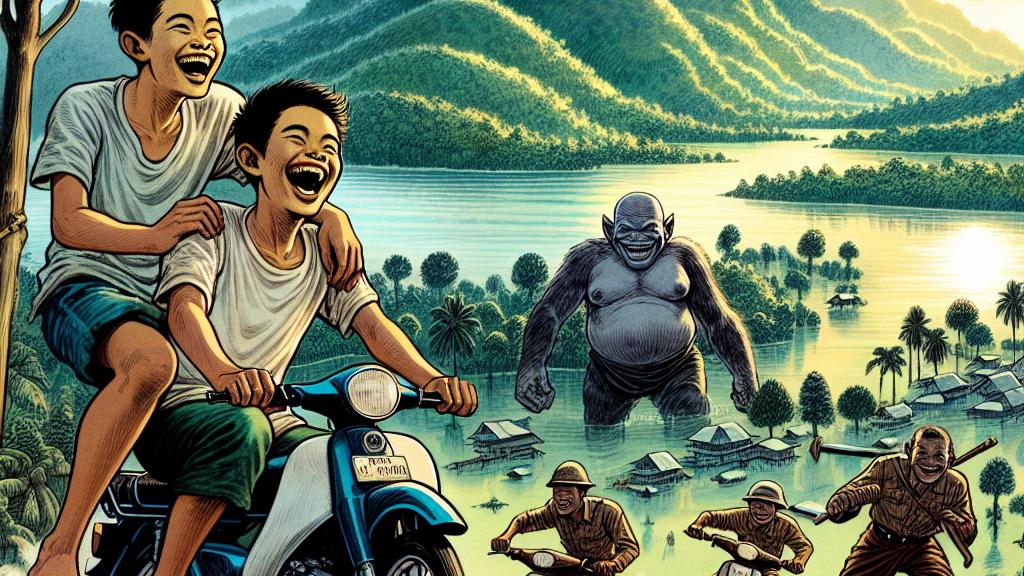Mizo Teens Freed: A Harrowing Tale of Abduction and Torture in Myanmar!
Overview
- Two Mizo teenage boys embarked on a casual picnic in Myanmar, only to be met with tragedy.
- They faced an agonizing week of torture at the hands of a militia before being saved.
- This distressing event highlights the perils encountered by communities living near conflict zones.

An Innocent Outing Takes a Dark Turn
In the stunning landscapes of Myanmar, where nature's beauty should inspire joy, two teenage boys from Mizoram, India, embarked on what was supposed to be a carefree day at Rih Dil Lake. Accompanied by three friends, their laughter echoed through the air as they hopped onto their motorbikes, unaware that danger lurked just beyond the horizon. In a shocking twist of fate, they encountered the Hualngoram faction of the Chin Defence Force (CDF), a militia known for instilling fear and asserting control. Tensions flared due to a previous altercation with other local boys, and in a matter of moments, a serene afternoon morphed into a nightmare as the boys were forcefully abducted, snatched from their bikes like leaves caught in a fierce storm.
Life in Captivity: A Nightmare Realized
For almost a week, those days stretched endlessly, filled with dread and torment. The boys endured a harrowing reality that forced them to embody the very definition of resilience. Imagine this: trapped in an unknown place, the weight of fear heavy upon their shoulders, they faced the abhorrent acts of their captors. Witnesses later described a grim environment where the boys were held—their heads shaved with cruel intention, and their bodies marked by cigarette burns that seared deeper than any physical pain. The extraction of one boy's teeth stood out as a brutal reminder of the militia's insidious desire to break their spirit. It was not merely a punishment; it was a method to assert dominance in a world unraveling under the strain of a devastating civil war that has claimed countless innocent lives since the coup of 2021.
Echoes of Anguish: Community Reactions and Wider Implications
The rescue of these two brave teens, while a breath of relief for their families, also resonated with broader implications for the local community. The incident serves as a chilling reflection of the ongoing crisis faced by border regions in Myanmar. Zokhawthar, where the boys lived, has deep ethnic connections to the Chins, and locals have long embraced these ties. Yet, in the current climate of fear, this fundamental connection faces immense challenges. The outpouring of anguish from the community highlights the urgent need for solidarity and understanding. As the noise of violence reverberates, it begs the question: how long can compassion survive amidst chaos? The ordeal of the Mizo teens is not simply a story of survival; it symbolizes the struggle for safety in a world fraught with danger. Their experience lays bare the essential truth that more than ever, the call for peaceful dialogue and genuine empathy must rise above the clamor of conflict.

Loading...